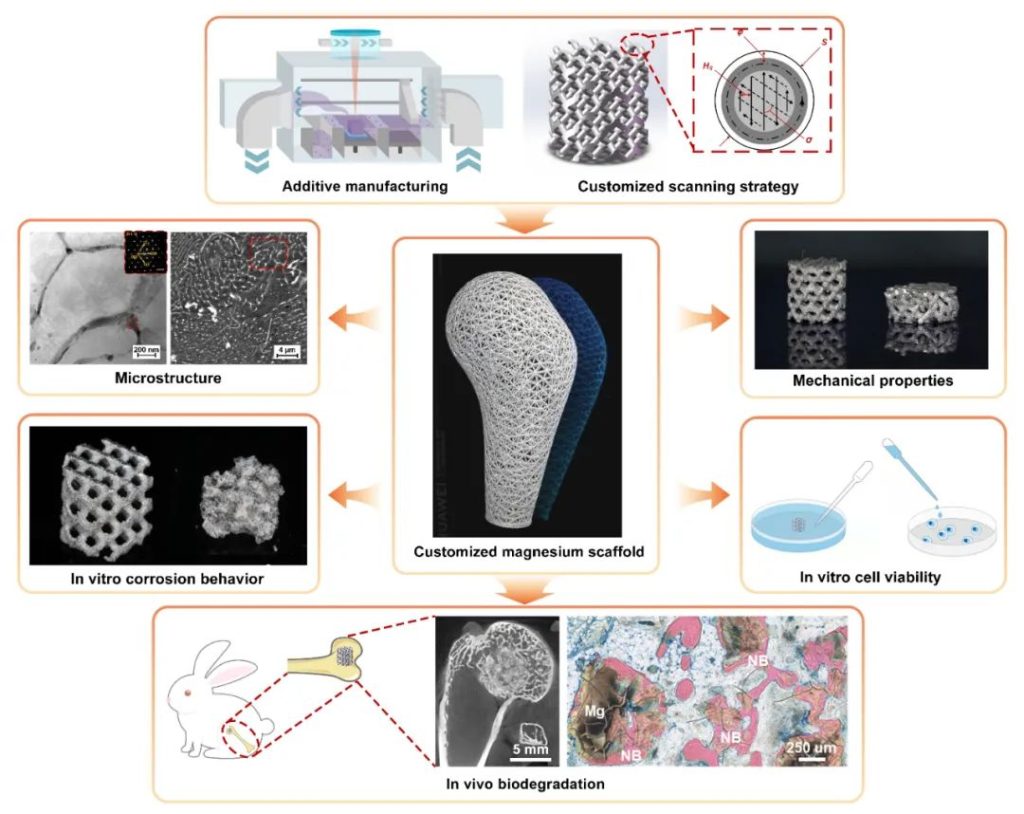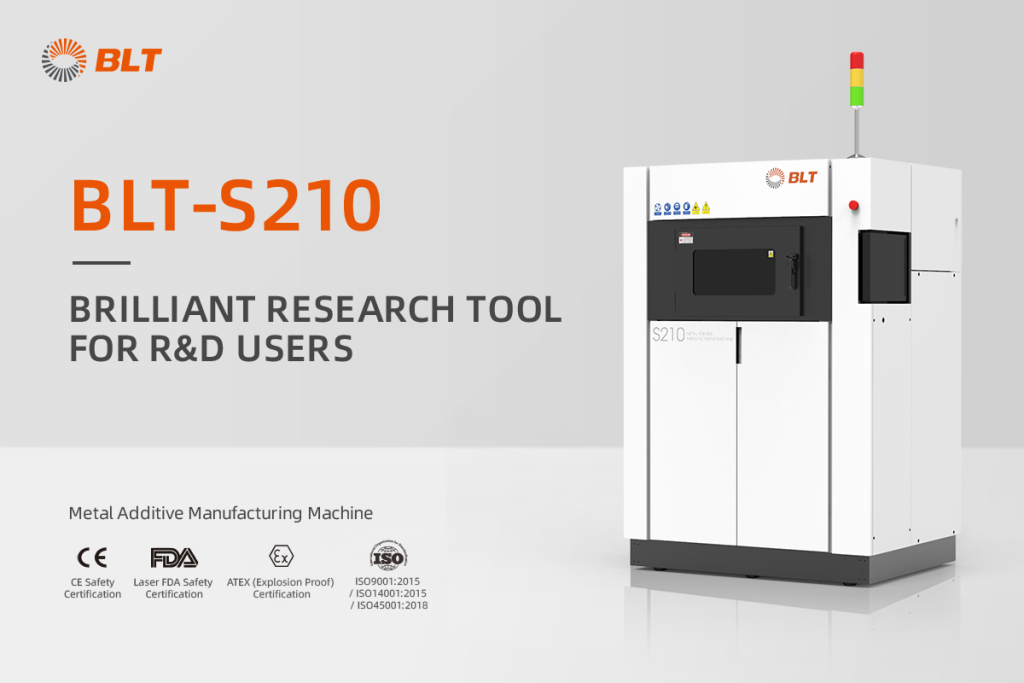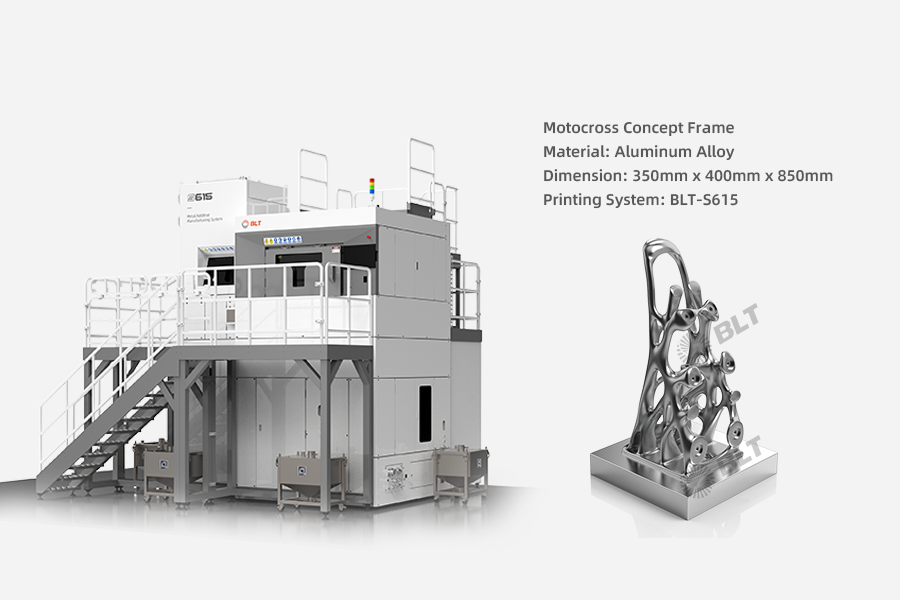A team consisting of the State Key Laboratory of Tribology, Tsinghua University, Department of Mechanical Engineering, Tsinghua University, Department of Orthopedics, Peking University Third Hospital, School of Materials Science and Engineering, Peking University, Engineering Research Center of Bone & Joint Precision Medicine of Ministry of Education, Peking University, and AKEC Medical Co., Ltd. conducted a process optimization, in vitro and in vivo investigation on biodegradable magnesium alloy WE43 porous scaffolds fabricated by laser powder bed fusion (SLM technology, also known as L-PBF technology) for orthopedic applications by using BLT-S210.
Recently, the team has published a paper titled “Biodegradable magnesium alloy WE43 porous scaffolds fabricated by laser powder bed fusion for orthopedic applications: Process optimization, in vitro and in vivo investigation” in the journal Bioactive Materials, with an impact factor exceeding 14. Bioactive Materials is currently known as the number one journal in the field of biological materials.
Bones have the ability to heal themselves, but a large area of bone defects is difficult to be healed naturally unless the bone grafting technology is adopted. Laser powder bed fusion is considered as one of the AM methods with the most satisfactory quality and efficiency. The porous scaffolds fabricated by Metal AM technology have an unparalleled advantage in meeting the patients’ demands for the precise treatment of bone defects.

WE43 alloy is a potential biodegradable metal material which can be applied in clinical practices, but its current application is relatively limited. The disadvantages of magnesium during forming, such as highsusceptibility to oxidation, massive vaporization, thermal expansion, and powder attachment, bring difficulties in applying the magnesium alloy porous scaffolds. The biodegradable metal porous scaffolds fabricated by AM are expected to solve the dual challenges of structural customization and biodegradation.
It is learned that as early as 2020, a research group at the Institute of Material Forming Manufacturing, Tsinghua University carried out a study on magnesium alloy materials by using BLT-S210, which has assisted the group in publishing at least 3 papers related to the exploration of magnesium alloy.

In May 2021, by integrating many years of experience in scientific research and studying and judging the users’ needs, BLT launched an upgraded solution of BLT-S210 which is applicable to more research scenarios and is safer. The upgraded BLT-S210 has become an indispensable helper in the scientific research of universities and continued to make a due contribution to the field of scientific research and education.



